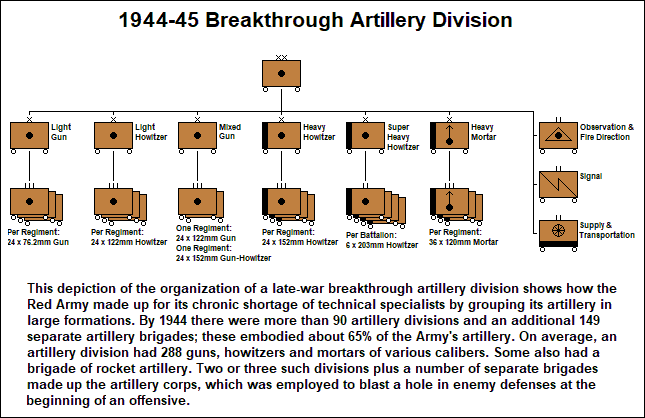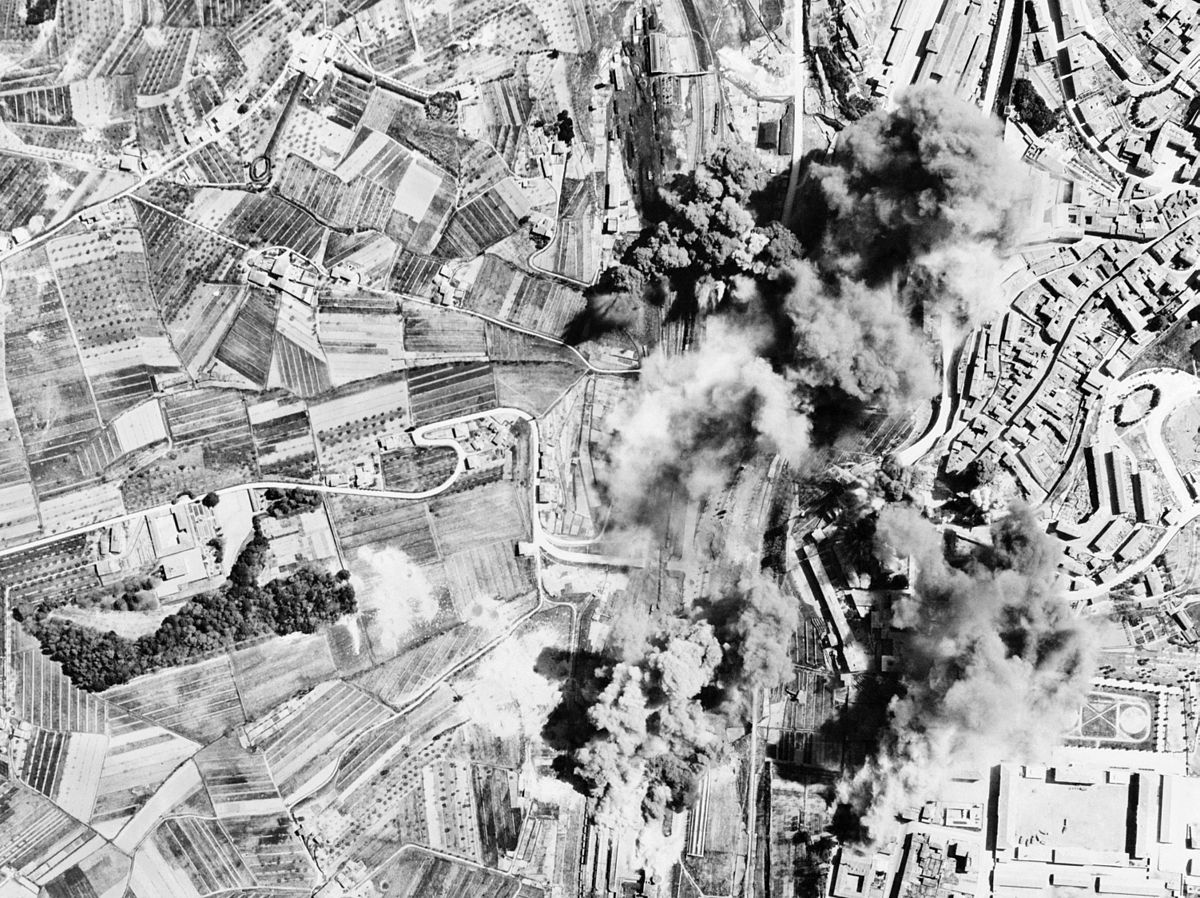sillygoose
Well-known member
Since the Allies seem to really have gotten their artillery park right in WW2 there is unfortunately not much to really suggest for them for a what if. The Axis on the other hand made a few mistakes with theirs, especially the Italians. However the German army made some pretty big mistakes of their own, one of which was to ignore the 128mm caliber until far too late in the war and instead waste money on a bunch of inappropriate systems.
Examples of systems they wasted money on that proved to be much less than ideal for their roles:
Ultimately the last three were to be replaced by the K44, the PAK 44 turned into an artillery piece once they realized the towed AT gun version was utterly impractical:
It was trying to outdo the Soviet 122mm corps level field gun, arguably one of the most superb artillery pieces of the war (for its class):
The silly thing is such a weapon already existed in the Germany navy's arsenal:
At 30 degrees (its naval mount max elevation) it had a range of 17km. At 45 degrees with a properly designed field carriage it probably could have reached out to 21 km given the performance of the slight lighter caliber 122m A19 with the same relative barrel length and slightly lower muzzle velocity.
So finally getting the point of this what if:
What if the German army and navy worked together better on artillery projects in the interwar and instead of the 4 guns listed above as wasteful they instead replaced them all with the 128mm L45 navy gun with a field carriage specially designed for it? It would be a corps artillery piece for long range interdiction/harassment fires and counter battery work. By the start of WW2 then they'd have the artillery piece in service in 10cm and 15cm SK18 numbers. Not only would it consolidate the types of artillery pieces and help create economies of scale, since it was already developed and the only investment for the army would be developing and producing the carriage as well as perhaps investing in more barrel making equipment it would be much cheaper and save on R&D resources.
Not only that, but it would be easy to convert into an anti-tank weapon much as how the PAK 44 was made into the main gun for Jagdtiger. Here it could even be made into a tank destroyer like the Nashorn even earlier.
It would be longer range than the 105mm SK 18, have greater throwing weight, wouldn't be all that much heavier relative to the resources needed to transport it, and already be developed for the navy. The 15cm SK 18 was simply too heavy and too much gun/too expensive for the throwing weight. The larger caliber Long Tom cannon the Americans used was several tons lighter, but with nearly similar performance.
It was recognized that the 128mm caliber was the near perfect blend of range, weight, cost, etc. between the 105 and 150mm calibers, but only in 1944 before it was too late to really matter.
Perhaps if there is a demand for a self propelled piece it could even get the VK3001H chassis into production as a 'waffentrager' both for a tank destroyer like the Nashorn and a SP artillery system like the Hummel.
Other than the British there probably wouldn't be much of an Allied response as the US already had the Long Tom and the Soviets the A19. The Brits might feel their equivalent BL 4.5 and 5.5 inch guns are obsolete given they were their equivalent weapons, but both would be outranged by the 128mm cannon. Plus despite the Allies lacking an equivalent to the superb 17cm cannon the Germans used IOTL (which the US pressed into service for themselves once they captured some) they didn't change their artillery parks in response.
Thoughts on the impact having a weapon like this that largely outranges most of the Allied artillery park would have? Especially if they can make considerably more of them than the mishmash of pieces they used IOTL in the role. Being able to reliably take out the enemy's artillery, the primary killer in the world wars, as well as hit deep targets is a pretty big deal. The Soviets decided to develop the concept post-war and that ended up causing the US problems in Vietnam and their proxy forces in Africa:
Examples of systems they wasted money on that proved to be much less than ideal for their roles:
Ultimately the last three were to be replaced by the K44, the PAK 44 turned into an artillery piece once they realized the towed AT gun version was utterly impractical:
It was trying to outdo the Soviet 122mm corps level field gun, arguably one of the most superb artillery pieces of the war (for its class):
The silly thing is such a weapon already existed in the Germany navy's arsenal:
At 30 degrees (its naval mount max elevation) it had a range of 17km. At 45 degrees with a properly designed field carriage it probably could have reached out to 21 km given the performance of the slight lighter caliber 122m A19 with the same relative barrel length and slightly lower muzzle velocity.
So finally getting the point of this what if:
What if the German army and navy worked together better on artillery projects in the interwar and instead of the 4 guns listed above as wasteful they instead replaced them all with the 128mm L45 navy gun with a field carriage specially designed for it? It would be a corps artillery piece for long range interdiction/harassment fires and counter battery work. By the start of WW2 then they'd have the artillery piece in service in 10cm and 15cm SK18 numbers. Not only would it consolidate the types of artillery pieces and help create economies of scale, since it was already developed and the only investment for the army would be developing and producing the carriage as well as perhaps investing in more barrel making equipment it would be much cheaper and save on R&D resources.
Not only that, but it would be easy to convert into an anti-tank weapon much as how the PAK 44 was made into the main gun for Jagdtiger. Here it could even be made into a tank destroyer like the Nashorn even earlier.
It would be longer range than the 105mm SK 18, have greater throwing weight, wouldn't be all that much heavier relative to the resources needed to transport it, and already be developed for the navy. The 15cm SK 18 was simply too heavy and too much gun/too expensive for the throwing weight. The larger caliber Long Tom cannon the Americans used was several tons lighter, but with nearly similar performance.
It was recognized that the 128mm caliber was the near perfect blend of range, weight, cost, etc. between the 105 and 150mm calibers, but only in 1944 before it was too late to really matter.
Perhaps if there is a demand for a self propelled piece it could even get the VK3001H chassis into production as a 'waffentrager' both for a tank destroyer like the Nashorn and a SP artillery system like the Hummel.
Other than the British there probably wouldn't be much of an Allied response as the US already had the Long Tom and the Soviets the A19. The Brits might feel their equivalent BL 4.5 and 5.5 inch guns are obsolete given they were their equivalent weapons, but both would be outranged by the 128mm cannon. Plus despite the Allies lacking an equivalent to the superb 17cm cannon the Germans used IOTL (which the US pressed into service for themselves once they captured some) they didn't change their artillery parks in response.
Thoughts on the impact having a weapon like this that largely outranges most of the Allied artillery park would have? Especially if they can make considerably more of them than the mishmash of pieces they used IOTL in the role. Being able to reliably take out the enemy's artillery, the primary killer in the world wars, as well as hit deep targets is a pretty big deal. The Soviets decided to develop the concept post-war and that ended up causing the US problems in Vietnam and their proxy forces in Africa:
Last edited:



